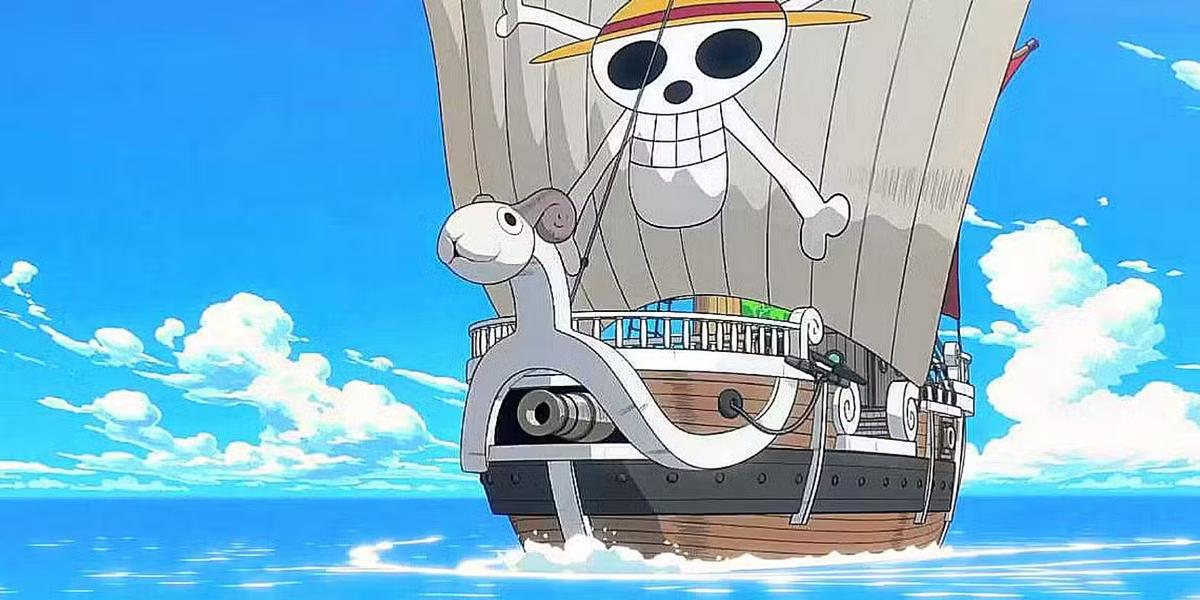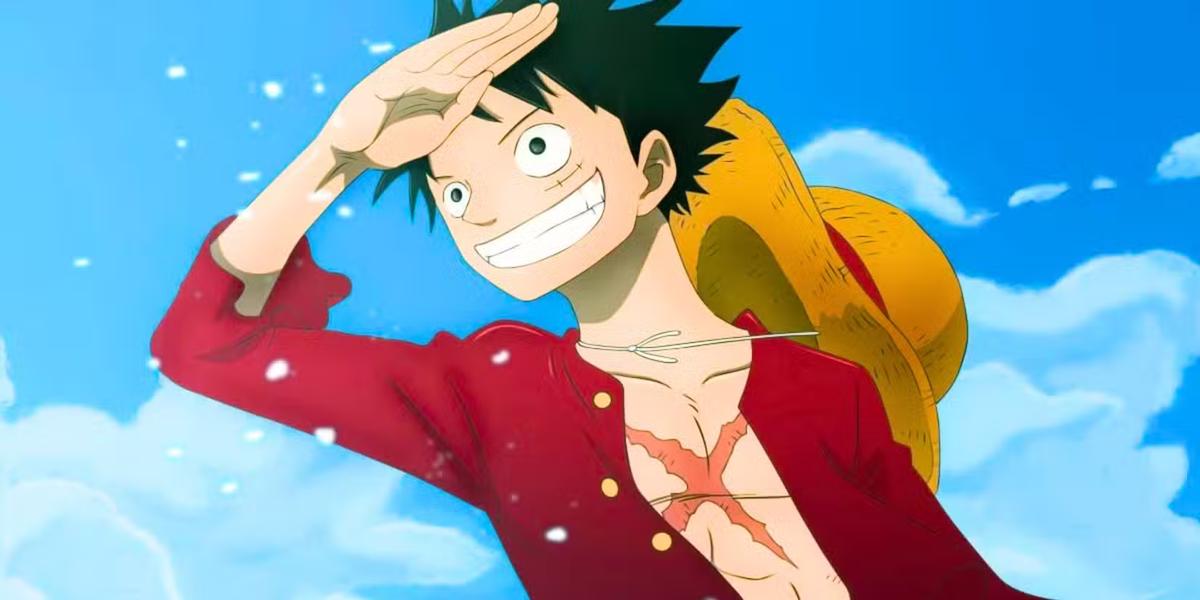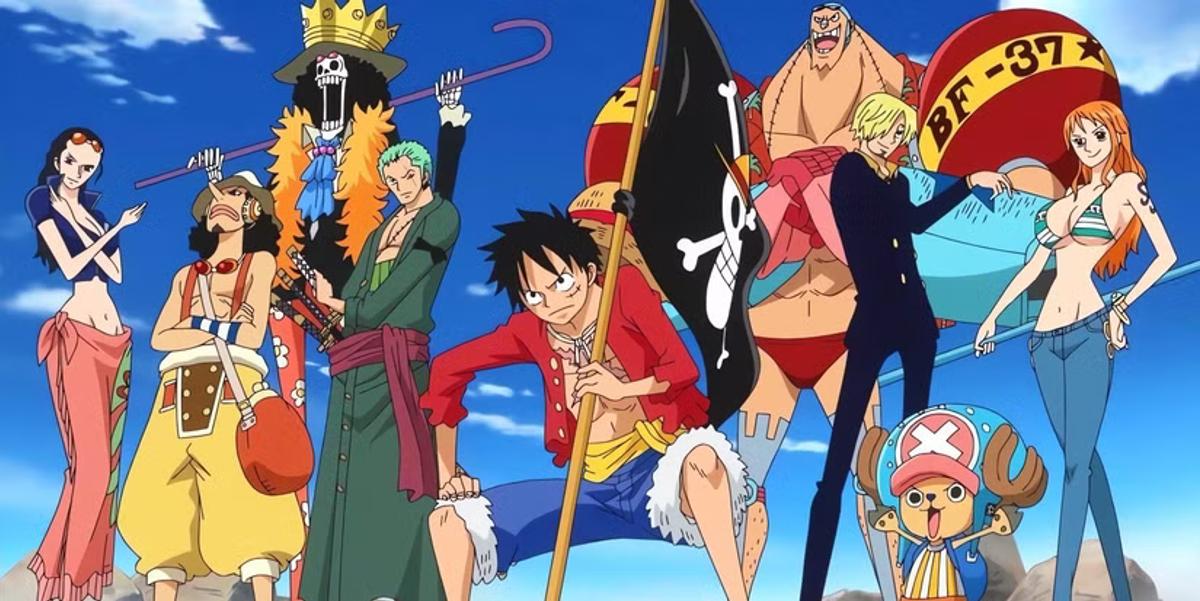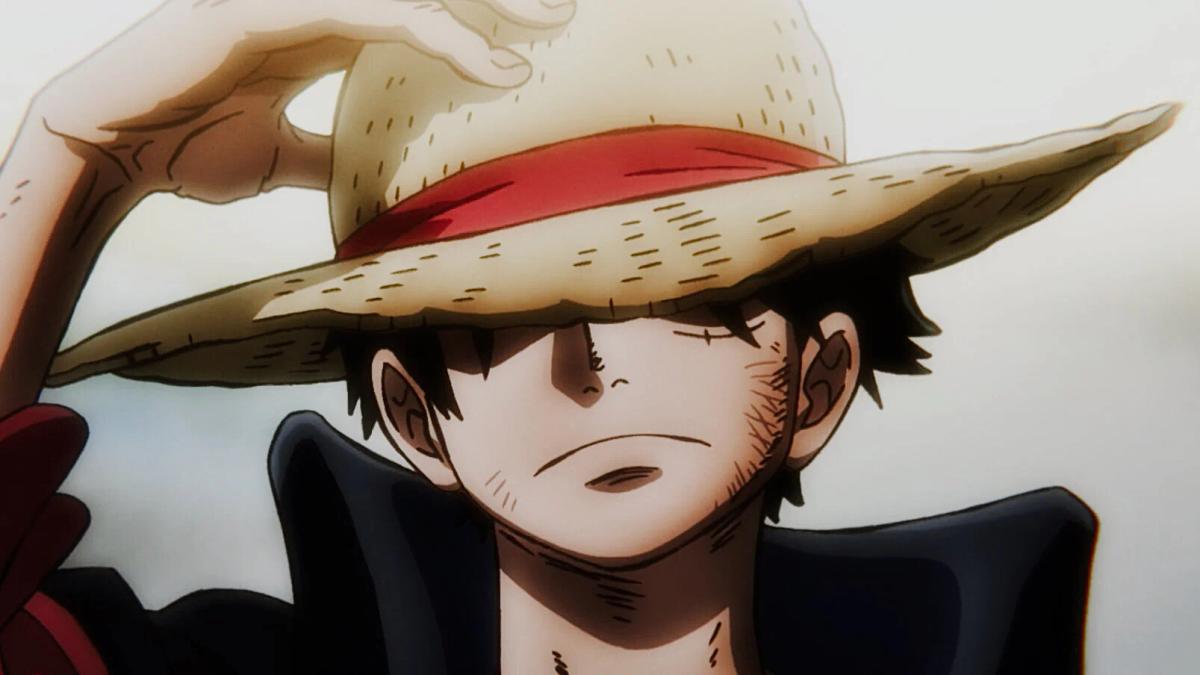A pirate flag with a new meaning
Across campuses, online campaigns, and fan gatherings, Gen-Z is using One Piece’s skull-and-straw-hat as shorthand for freedom and self-determination. It isn’t about piracy; it’s about the right to choose your own path—and your own people—when the rules feel rigged.

Why this symbol travels so well
The Straw Hat flag is instantly recognizable yet easy to remix. It works as an emoji, a sticker, a hand-drawn sketch on cardboard, or a high-res graphic. That flexibility lets casual fans participate without long explanations, and it gives organizers a visual anchor that reads in a split second.
Rebellion with responsibilities
In the series, the Straw Hats reject corrupt authority while protecting ordinary folks. That blend—defiance plus duty—maps neatly onto conversations Gen-Z is having about work, identity, and public life. The flag signals: push back on injustice, but don’t abandon the people next to you.
Found family beats forced loyalty
A core One Piece idea is found family: your “crew” is chosen, not assigned. For young audiences navigating gatekeeping—from institutions to fandom politics—that message lands hard. The flag functions as a consent-based badge: you’re here because you believe in the code, not because someone drafted you.

The language of memes
Memes make big ideas portable. A single 🏴☠️ or a minimalist skull can carry “don’t tread on my crew” without a speech. The same graphic can pivot from a joke to a serious message in seconds, which keeps the symbol alive across contexts.

Not just aesthetics
Critics sometimes worry that the pirate motif glamorizes lawlessness. But in practice, most fan uses skew symbolic: freedom, dignity, mutual aid, and fairness. Threads and interviews often cite scenes where characters stand up to bullies, protect bystanders, or take responsibility for their crew—values that translate off-screen.
A banner that invites participation
Because it’s low-cost and high-signal, the Straw Hat icon lowers the barrier to entry. You don’t need a megaphone—just a phone background, a pin, or a small sign. The result is a distributed chorus rather than a centralized campaign: the image carries the message, and the crowd handles the rest.

Crossovers you’ll likely see next
Expect the emblem to keep surfacing around:
- Student initiatives and campus coalitions
- Creator collabs and charity streams
- Local community projects framed around found family and mutual aid
The more debates revolve around power and belonging, the more a flexible, values-first icon stays useful.
What makes it different from other pop banners
Unlike symbols tied to a single slogan, the Straw Hat mark is values-led rather than prescriptive. It doesn’t tell you what to say; it identifies who you’re standing with: people who value freedom, consent, and showing up for each other.
Bottom line
The “flag of rebellion” era shows how One Piece keeps evolving with its audience. The Straw Hat isn’t just a pirate logo—it’s a living shorthand for choosing your values, choosing your people, and pushing back together when it matters.

